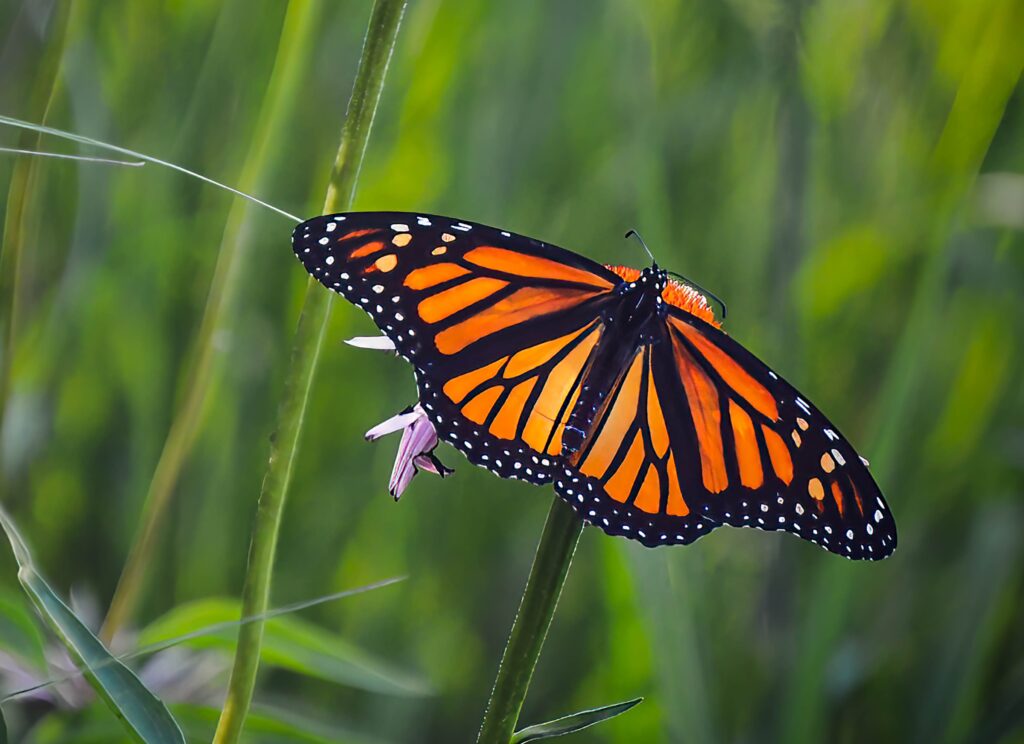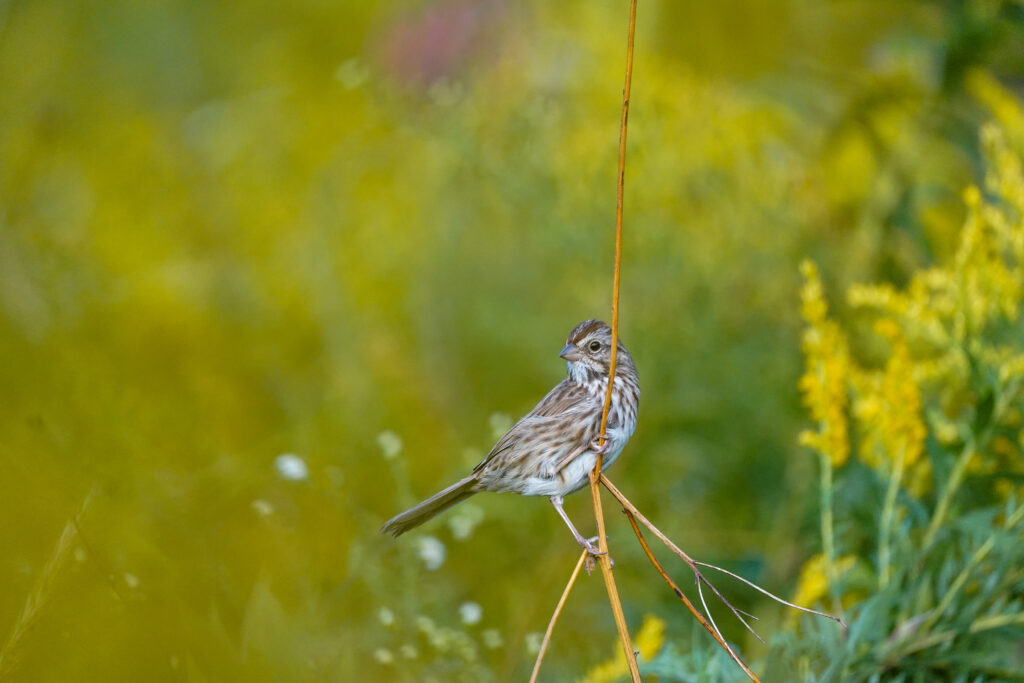By Blake Goll, Education Programs Manager at Willistown Conservation Trust

Do you remember excitedly chasing the glow of fireflies through your yard on summer evenings, as they traced those distinctive J-shapes in the sky? Do you have fond memories from your youth of a cheery robin’s song waking you from your slumber each morning? Maybe you recall spending hours in the garden, courageously catching bumblebees in your little bug box and marveling over those gorgeous monarch butterflies sporting their striking Halloween colors of orange and black. Did you flip rocks in the woods and delight over the prehistoric-looking salamanders you found peering back at you? Did your grandmother show you which berries you could pick from the brambles at the edge of the yard and pop in your mouth for a juicy snack? Children nowadays stand to lose these eminent memories from their identities, and in fact, many already have.
The lurid scene we’ve fostered over the past human lifetime is a monotonous patchwork of largely lifeless manicured lawn—nonnative Kentucky bluegrass—dotted with whatever ornamental trees and shrubs we randomly chose from the nearest nursery. We dump more diabolic chemicals—pesticides, herbicides, fertilizers—onto our yards than some agricultural areas do, and we fearfully say “yes” to any mosquito busting Joe Schmoe who vows to eliminate the pesky critters from our sacred domains. We oblige to mowing our yards weekly so as not to be cast out of our neighborhood tribe. Meanwhile, monarch butterflies are on track to be listed under the Endangered Species Act, insect populations as a whole have suffered 80% declines in the past few decades, and birds have disappeared by almost 30% in the past 50 years. Myriad factors contribute to these harrowing losses of biodiversity, from agricultural intensification to pesticides, but the underlying element is pervasive loss and degradation of habitat.

Fortunately, our yards hold the keys to restoring some of this lost habitat and with it, those precious childhood memories. Every one of us, whether you have just an apartment balcony or a full 4-acre lawn, can contribute significantly toward this new responsibility of reviving our shared ecosystem. It’s a simple formula that starts with the plants. Native plants. Zach Leahan, local Malvern resident and a Director at PwC, recognized this five years ago. He was growing disgruntled about following the traditional lawn care path and superficially choosing plants based only on aesthetics. Something didn’t feel right. Soon he happened upon the Willistown Conservation Trust’s homeowner habitat initiative, which provided him with resources on the importance of native plants, including shortlists of beneficial plants. He began viewing his property in a new light, with the intricate connections between plants, insects, birds, and ourselves at the forefront of his mind.
Native plants, because they evolved with local wildlife over millennia, are the pillars of a finespun web of life—attracting and supporting our native pollinators and other insects that in turn support the birds and the rest of the food chain. (Invasive plants, on the other hand, can wreak havoc on our ecosystems because they often outcompete natives once they’re free from the diseases and insects that keep them under control in their countries of origin.) As Zach delved deeper into the benefits of native plants and started analyzing their ecological attributes, he was determined to honor those childhood memories of chasing fireflies and picking raspberries. In addition to incorporating native plants into his own yard, he used his background in technology to make the native plant journey more accessible to everyone.

He founded ChooseNativePlants.com, a mobile-friendly web application that helps PA residents find native plants that fit the needs of their home. Complete with intelligent search options from plant color to pollinators attracted, the website features beautiful images of Pennsylvania natives and acts like a “knowledgeable neighbor” ready with the perfect plant. While there are now many native plant lists and resources, this app’s standout feature is that it bridges the gap between native plant discovery and purchase, listing over twenty all-native nurseries in Pennsylvania. Zach envisions a community where we all plant with purpose.
Replacing mowed lawn areas with native wildflowers and grasses—and embracing the buzz they attract is a great step toward restoring the balance to our environment. Landscaping with native trees and shrubs in well-planted beds where leaves are allowed to rest is paramount as well. (90% of caterpillars that develop on trees drop to the ground below for part of their life cycle.) Native plants are the answer. The insects they attract are the proof. If we simply continue as we have, we stand to lose nature. If we lose nature, we lose ourselves. Choose native plants.
Visit choosenativeplants.com to find which native shrubs, plants and flowers from Pennsylvania have the right conditions to flourish in your garden. ChooseNativePlants.com is an open-source project with a volunteer team. This team is preparing for the next major update in the spring. If you have interest in supporting the project, sign up for a “Code for Philly” account to join the project’s Slack channel.

Willistown Conservation Trust is an accredited nonprofit land trust that focuses on 28,000 acres in Chester and Delaware Counties. It has permanently conserved 7,500 acres since 1996 and offers six renowned programs for public engagement and research: Bird Conservation, Community Farm, Education and Outreach, Land Protection, Stewardship and Watershed Protection. For more habitat at home resources and inspiration, visit WCTrust.org and follow @WCTrust.

